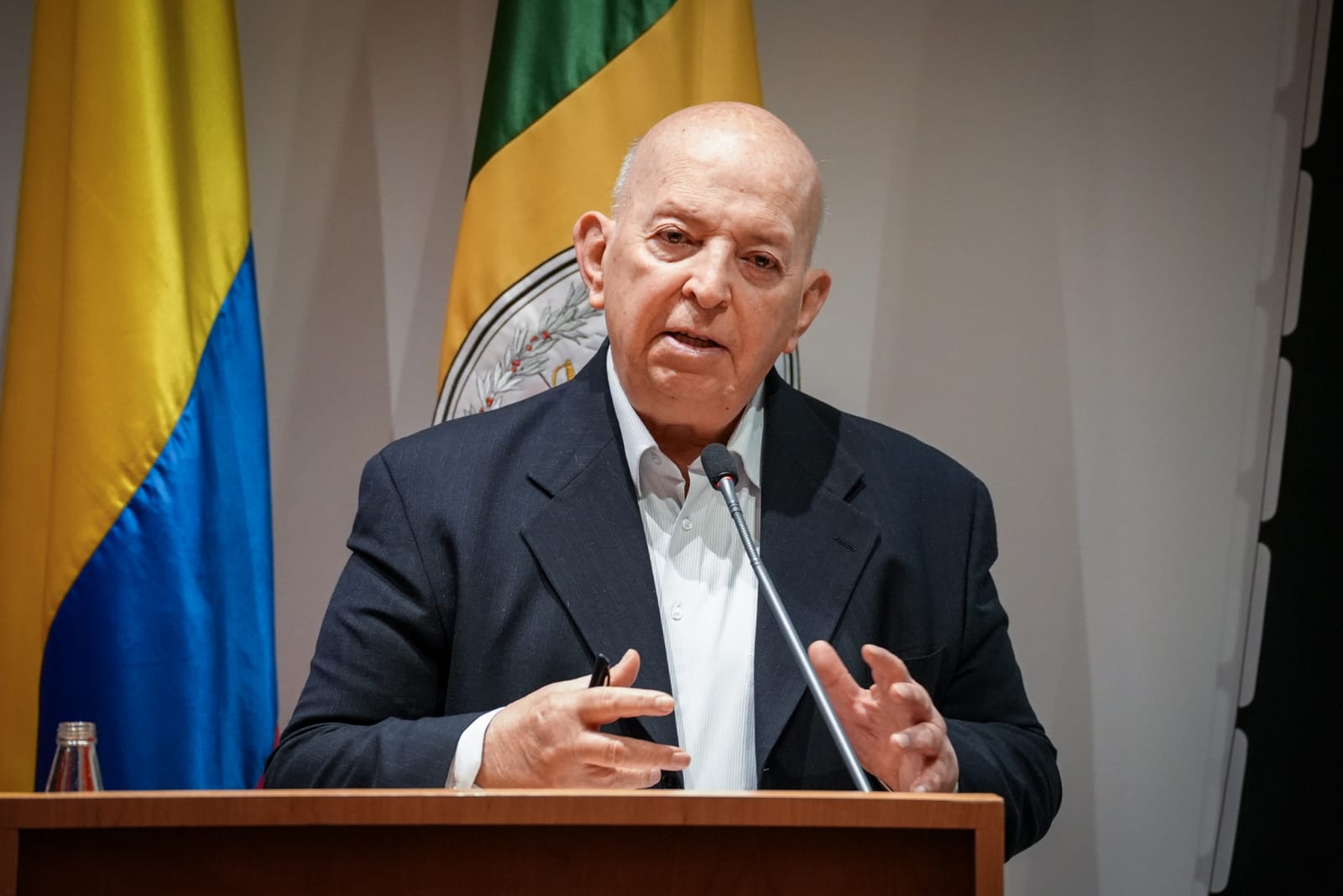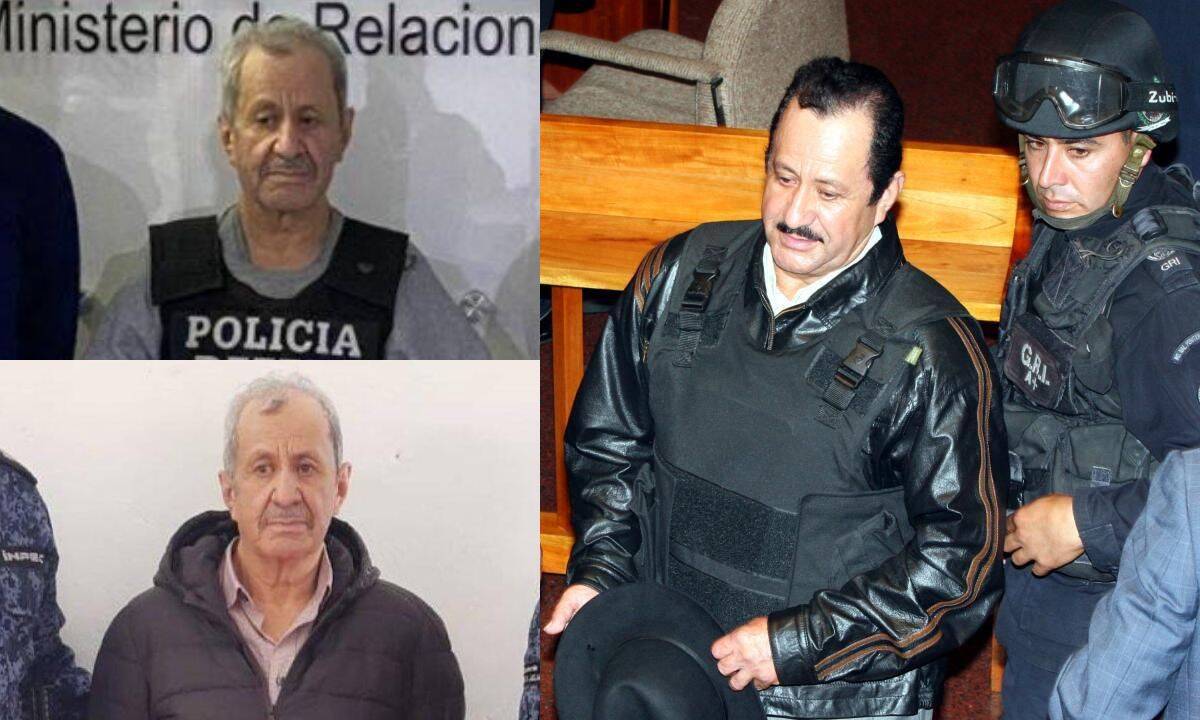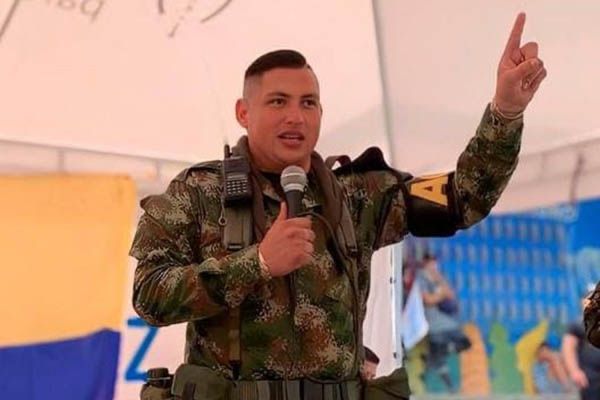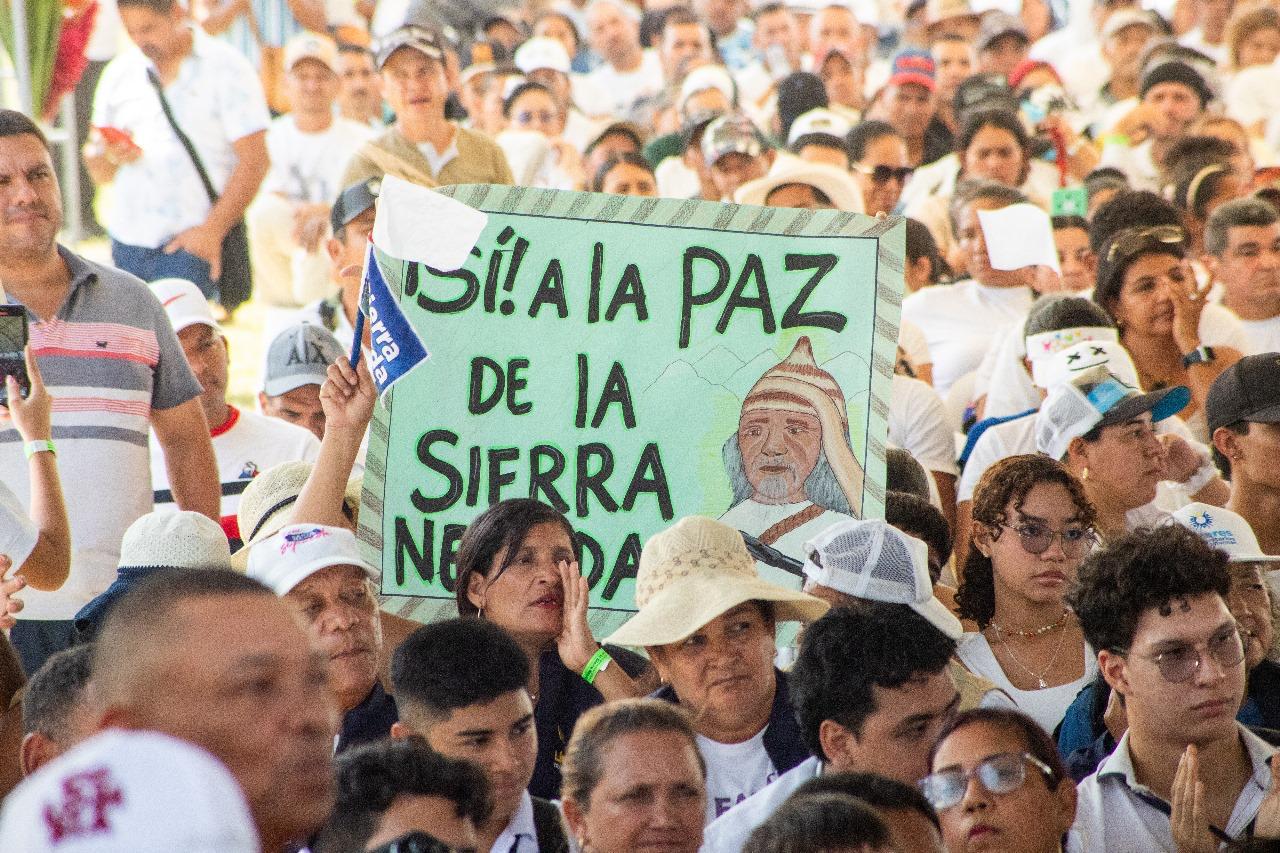Government to negotiate with Sierra Self-Defense Forces: What to expect from the 8th total peace process?

The government of Gustavo Petro is playing one of its last cards to achieve concrete progress in the policy of 'total peace' before August 7, 2026. This weekend, Óscar Mauricio Silva, the man delegated by the Executive to advance the approaches with the Self-Defense Forces Conquistadores de la Sierra Nevada (ACSN) , announced the end of the exploratory phase and the establishment in the near future of dialogues with the criminal organization that emerged after the demobilization of the Tayrona Block of the Self-Defense Forces.
With this announcement, made within the framework of the International Forum for Peace in the Sierra Nevada , which took place in the Puerto Nuevo area, Guachaca district, the office of the Peace Commissioner will begin its eighth negotiation process and its fourth socio-legal space, a category granted by the Executive to those dialogues that have no political connotation.

Otty Patiño, Commissioner for Peace. Photo: @ComisionadoPaz
The Government's purpose, as indicated in resolution 300 of 2024 authorizing the establishment of the dialogues, is to "establish the terms of submission to justice" of an armed organization whose main enclave is located in the department of Magdalena, in the foothills of the Sierra Nevada de Santa Martha, but which extends its tentacles to La Guajira, Cesar and even to the border area with Venezuela.
The Self-Defense Forces of the Sierra Nevada, formerly known as 'Los Pachenca', have, according to intelligence figures, around 1,000 members. Their main sources of illicit income include drug trafficking and extortion of merchants, farmers and the tourist sector.
The origins of this group and its influence in the north of the country date back to the 1970s, when Giraldo Serna created 'Los Chamizos', a private security group that also controlled the smuggling business to the Antilles, as described by the professor at the Universidad del Norte, Luis Fernando Trejos, in his research on the historical evolution of the armed groups led by the former paramilitary leader Hernán Giraldo Serna, alias El Patrón.
This local gang evolved into the Mamey Self-Defense Forces and later into the Peasant Self-Defense Forces of Magdalena and La Guajira, a paramilitary group that, in addition to its involvement in illegal businesses, had a strong impact on the region's politics. After internal disputes, it became known as the Tayrona Resistance Front, and since 2005 the Tayrona Resistance Block, an armed organization that continued to spread terror until its demobilization in 2006.

Hernán Giraldo returned to the country in 2021, after having been extradited in 2008. Photo: EL TIEMPO Archive
With Giraldo Serna imprisoned in a US prison, control of the organization passed into the hands of several of his relatives, who consolidated the influence of the so-called 'Caribbean Office'. This structure, over time, gave way to the formation of the Conquistadoras Self-Defense Forces.
Today, according to security and armed conflict expert Lerber Dimas, they exercise control over 50,000 people in the region and are also engaged in an intense and bloody war with the 'Gulf Clan' - the self-proclaimed Gaitanista Army of Colombia - for profits from legal and illegal businesses. "The absence of the State has allowed them to consolidate themselves not only as an armed group, but also as a political-military structure with influence in local decision-making," said the expert.
A process without a clear horizon The rapprochements with this armed group began under the management of Danilo Rueda in the office of the Peace Commissioner. In fact, on December 31, 2022, the Government decreed a bilateral ceasefire with this organization for six months. During the months following the expiration of the truce, the efforts of the then commissioner focused on advancing humanitarian actions in the area of influence of this armed group with indigenous authorities, peasant leaders and communities in the region.

César Gustavo Becerra Gómez, alias Camilo. Photo: PRIVATE ARCHIVE
Months later, in April, the commissioner for peace, Otty Patiño, again gave hints about these approaches. “We are going to do an experiment with the ‘Self-Defense Forces of the Conquistadores of the Sierra Nevada’, we have started informal conversations with them because we think that there, given that they are a very local force and that they made a very express statement that they want to set up a process, they agree that it has to be fast, that is, not an express process, but a fast one,” he said during a National Peace Council.
In August 2024, the establishment of these dialogues was authorized through resolution 300; however, it took eight months for the first step towards the dissolution of this armed organization and its acceptance into the courts to be announced.
It is precisely in this last issue that the difficulties for the Government lie. This eventual space for socio-legal conversation, just like the one that the Government intends to advance with the 'Gulf Clan', does not have the legal tools to subdue and dismantle its members.
It should be remembered that in ruling C-525 of 2023, the Constitutional Court upheld the legality of 'total peace', but placed several limits on it. One of them has to do with the decision of the high court to declare unconstitutional that it was "the Government's judgment" that defined the terms of submission to justice of these criminal structures. That definition, the Court warned, must be made by Congress through a submission law.

The International Forum for Peace took place in Puerto Nuevo, Guachaca district. Photo: Roger Uriles
"It is very difficult to reach an agreement to end the conflict due to the little time left for this Government and also because this dialogue table, like the one that may eventually begin with the Gaitanista Army of Colombia, has no legal framework and there is no favorable environment in Congress to process a law of submission," said Professor Luis Fernando Trejos.
He also believes that the proposal of the spokespersons of that organization to not serve jail time but to be relocated to different areas after laying down their weapons is not viable. “It is not viable because for that the armed group would have to submit to a transitional justice process and it must be taken into account that Justice and Peace is about to end its term and the ACSN have no place in the JEP,” he said.
The next few days will be crucial to find out the conditions under which the process will be established and whether the Government will respond to the claims of this group. It is worth mentioning that for this space the Executive has already recognized six members of this organization: Fredy Carrillo, alias Pinocho; José Luis Pérez, alias Cholo; Loryin Emilio Pertuz, alias York; Orlando Pérez Ortega, alias Pataliso; Carmen Evelio Castillo, alias Muñeca; Norberto Quiroga Poveda, alias 5-5; and the aforementioned 'Camilo', political leader of the ACSN.
CAMILO A. CASTILLOPolitical EditorX: (@camiloandres894)
eltiempo






